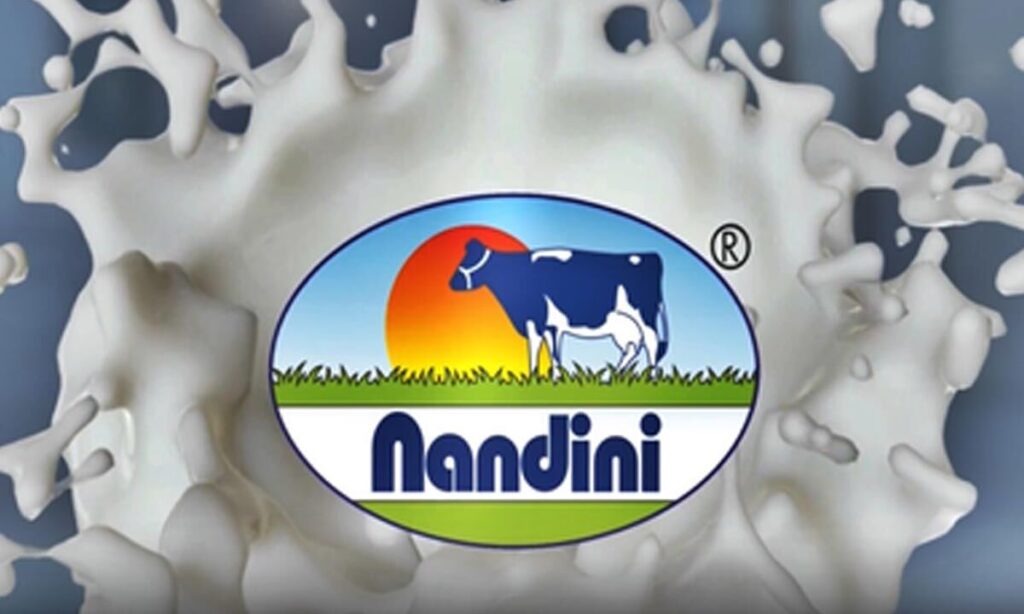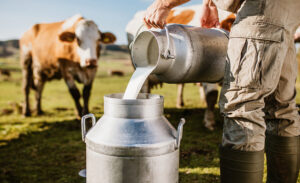
Bengaluru: The Karnataka government’s decision to hike the price of Nandini milk by Rs. 4 per litre, effective from April Fool’s Day, has sparked a firestorm of reactions across the state. This marks the third price increase since the Congress party assumed power in 2023, bringing the total hike to Rs. 9 per litre over less than two years.
The move, announced after a cabinet meeting and discussions with the Karnataka Milk Federation (KMF), allegedly aims to support dairy farmers amid rising input costs. However, it has also reignited debates over the cost of living, the sustainability of welfare schemes, and the political tug-of-war between the ruling Congress and the opposition BJP.
Nandini milk, a household staple in Karnataka produced by KMF, has seen its price climb steadily under the Congress government. The first hike of Rs. 3 per litre came in July 2023, shortly after the party’s election victory, followed by a Rs. 2 increase in June 2024 (which included an additional 50ml per litre as a sweetener). The latest Rs. 4 hike, announced on March 27, 2025, pushes the price of a one-litre blue packet of Nandini toned milk from Rs. 44 to Rs. 48. For a state where milk is a dietary essential, this cumulative Rs. 9 increase has not gone unnoticed.
P C Mohan, a prominent BJP MP, took to social media platform X to criticise the Congress government, stating, “Since Congress took over Karnataka, Nandini milk prices have increased by Rs. 9. Rs. 3 in July 2023, Rs. 2 in June 2024 and Rs. 4 in March 2025. Their only ‘guarantee’ is making life more expensive”. His post reflects a growing sentiment among consumers and opposition leaders that the Congress’s policies are disproportionately burdening the public.
The Karnataka government, led by Chief Minister Siddaramaiah, has defended the price hike as a necessary measure to support the state’s dairy farmers. The decision allegedly follows months of protests and demands from KMF and farmers’ organisations who have been pushing for a higher procurement price.
Farmers have allegedly argued that rising input costs such as cattle feed, labour, and other expenses have made dairy farming increasingly unviable. They initially demanded a Rs. 10 per litre increase, with some calling for a procurement price of at least Rs. 50 per litre. After negotiations, the government settled on a Rs. 4 hike, with assurances that the additional revenue would be passed on to farmers.
Animal Husbandry Minister K Venkatesh had hinted at the price revision earlier in March, stating in the Legislative Council that discussions were underway with the Chief Minister. He also claimed that the government’s outstanding subsidies of Rs. 656.07 crore is owed to 9.04 lakh milk producers; a backlog the state is working to clear.
While the government frames the hike as a pro-farmer move, consumers and opposition leaders are far from pleased. The timing of the increase, just ahead of the Ugadi festival on March 30. For many households, the cumulative effect of the Rs. 9 hike translates to a significant monthly expense. A family consuming two litres of milk daily now faces an additional Rs. 540 per month compared to pre-2023 prices.
As Karnataka heads into April 2025, the milk price hike is likely to remain a contentious issue among other price hikes. The government will need to address the growing discontent among consumers while ensuring that farmers receive the support they have demanded.



